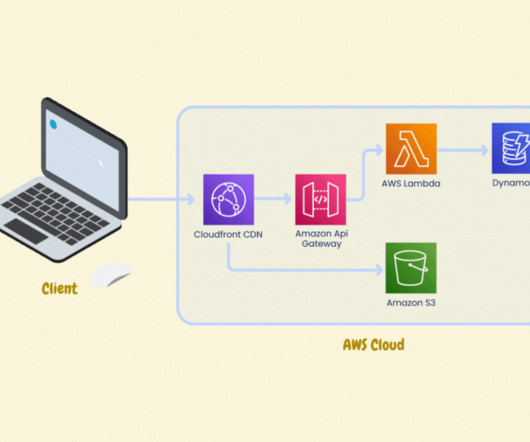Implementing AWS well-architected pillars with automated workflows
Dynatrace
SEPTEMBER 13, 2023
If you use AWS cloud services to build and run your applications, you may be familiar with the AWS Well-Architected framework. This is a set of best practices and guidelines that help you design and operate reliable, secure, efficient, cost-effective, and sustainable systems in the cloud.
































Let's personalize your content